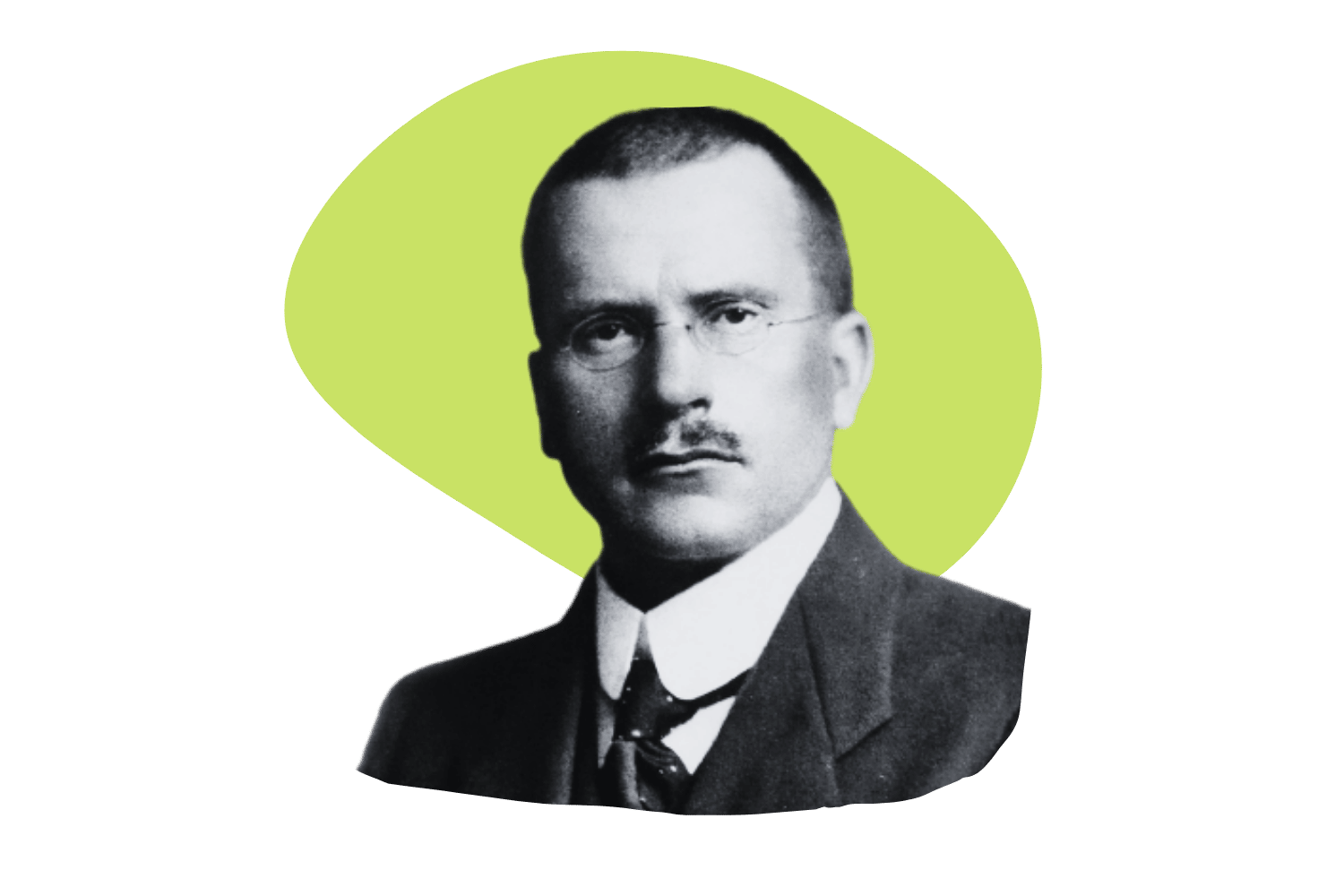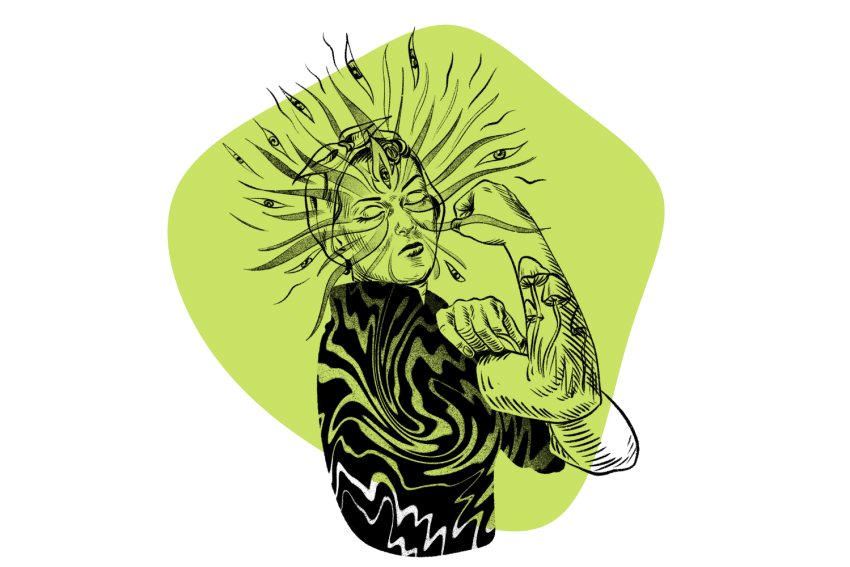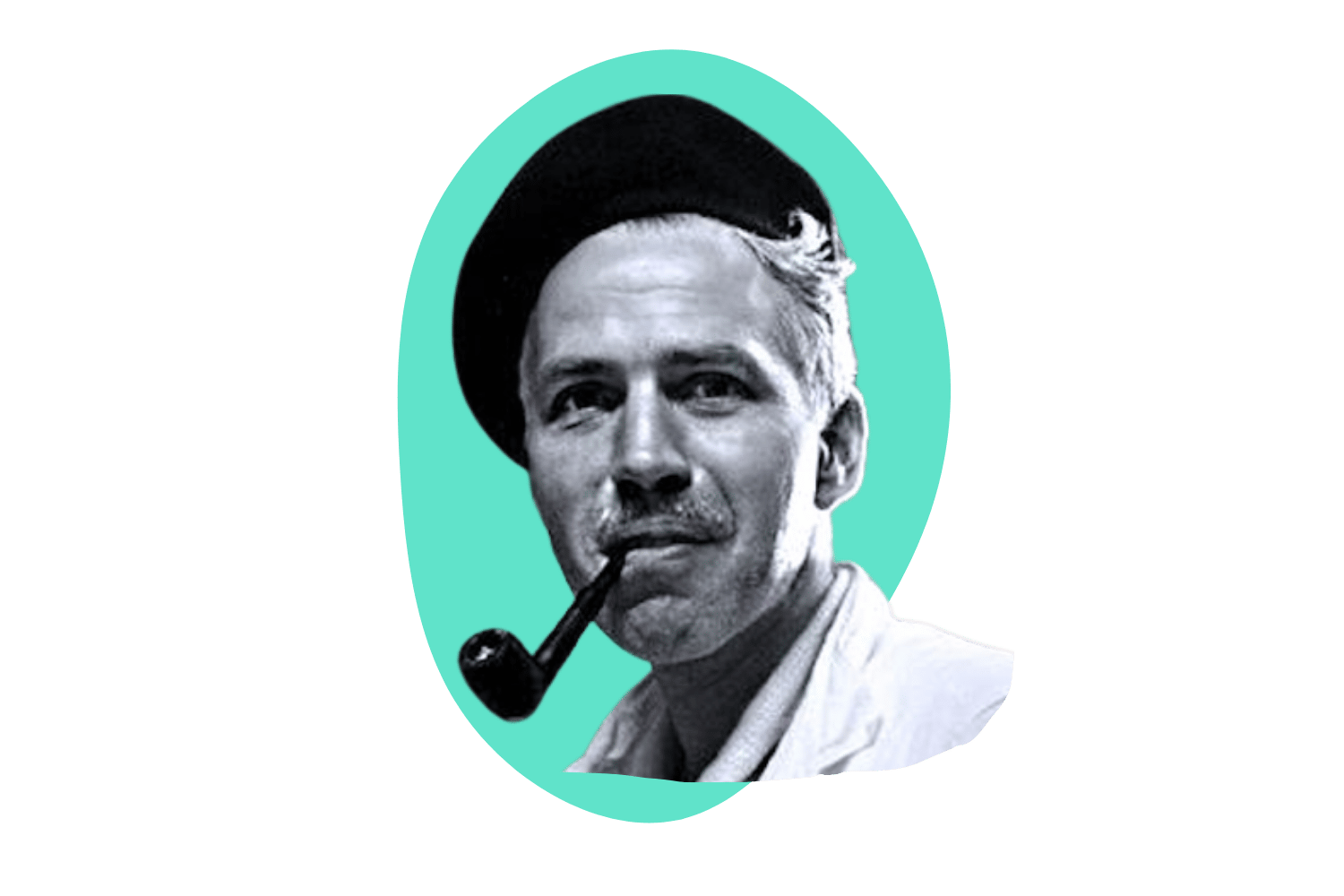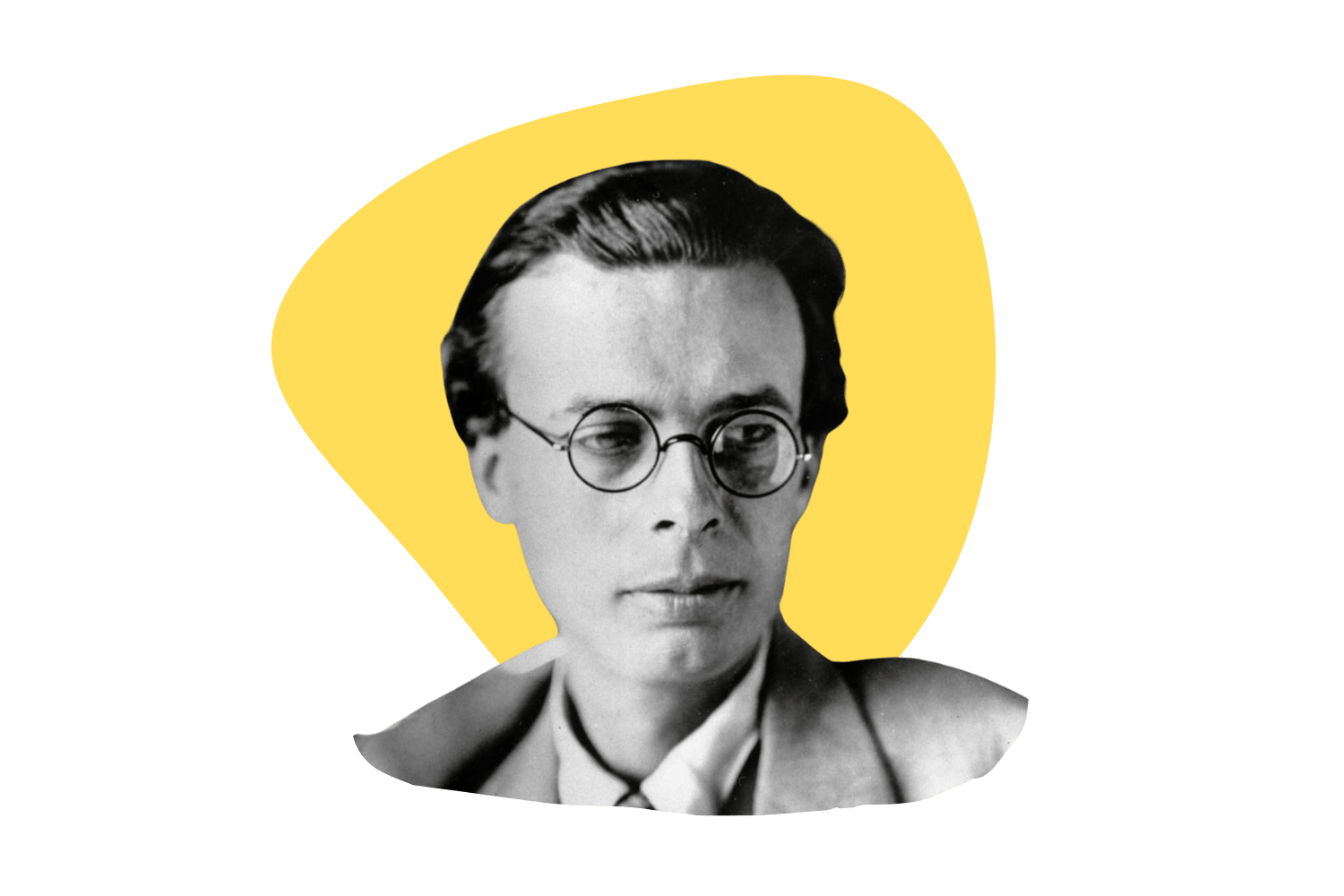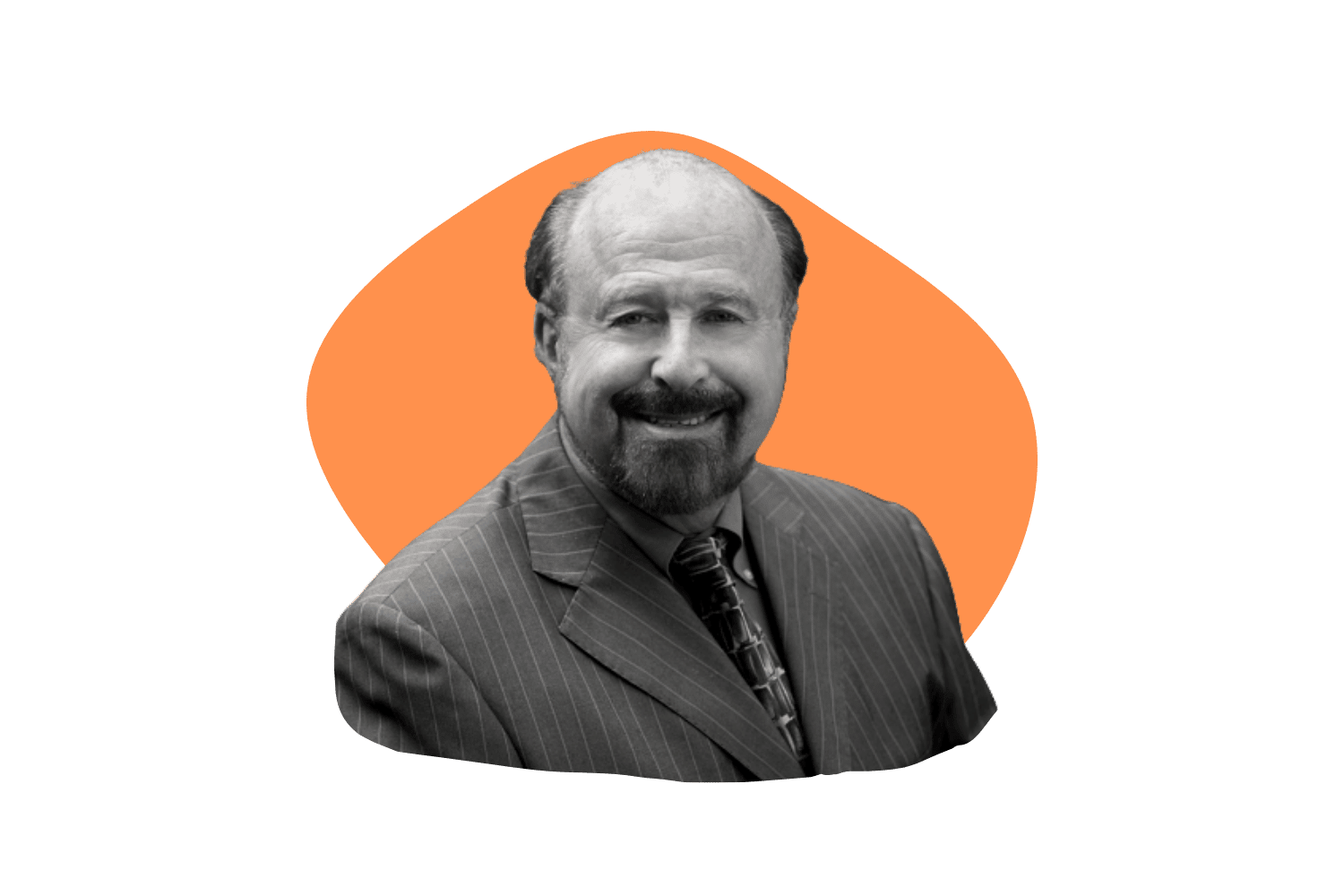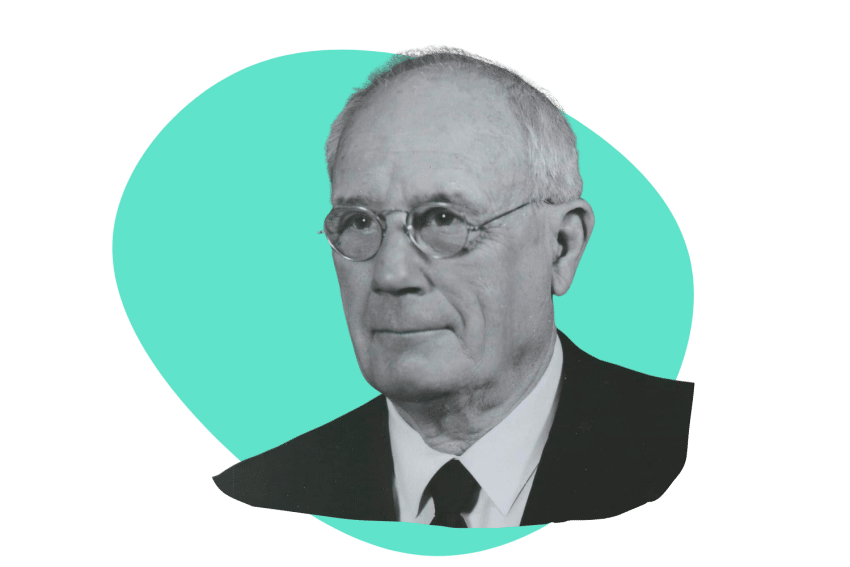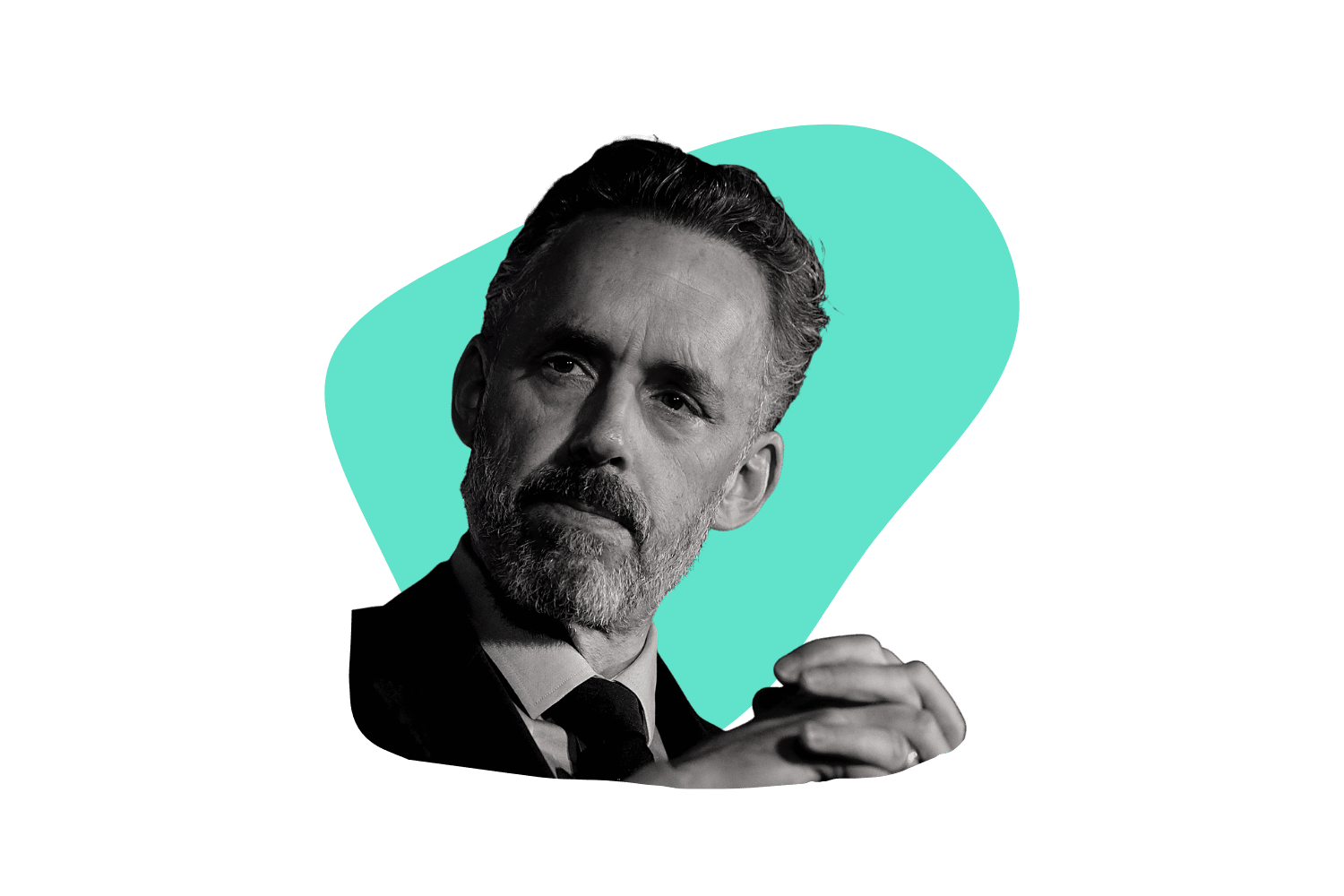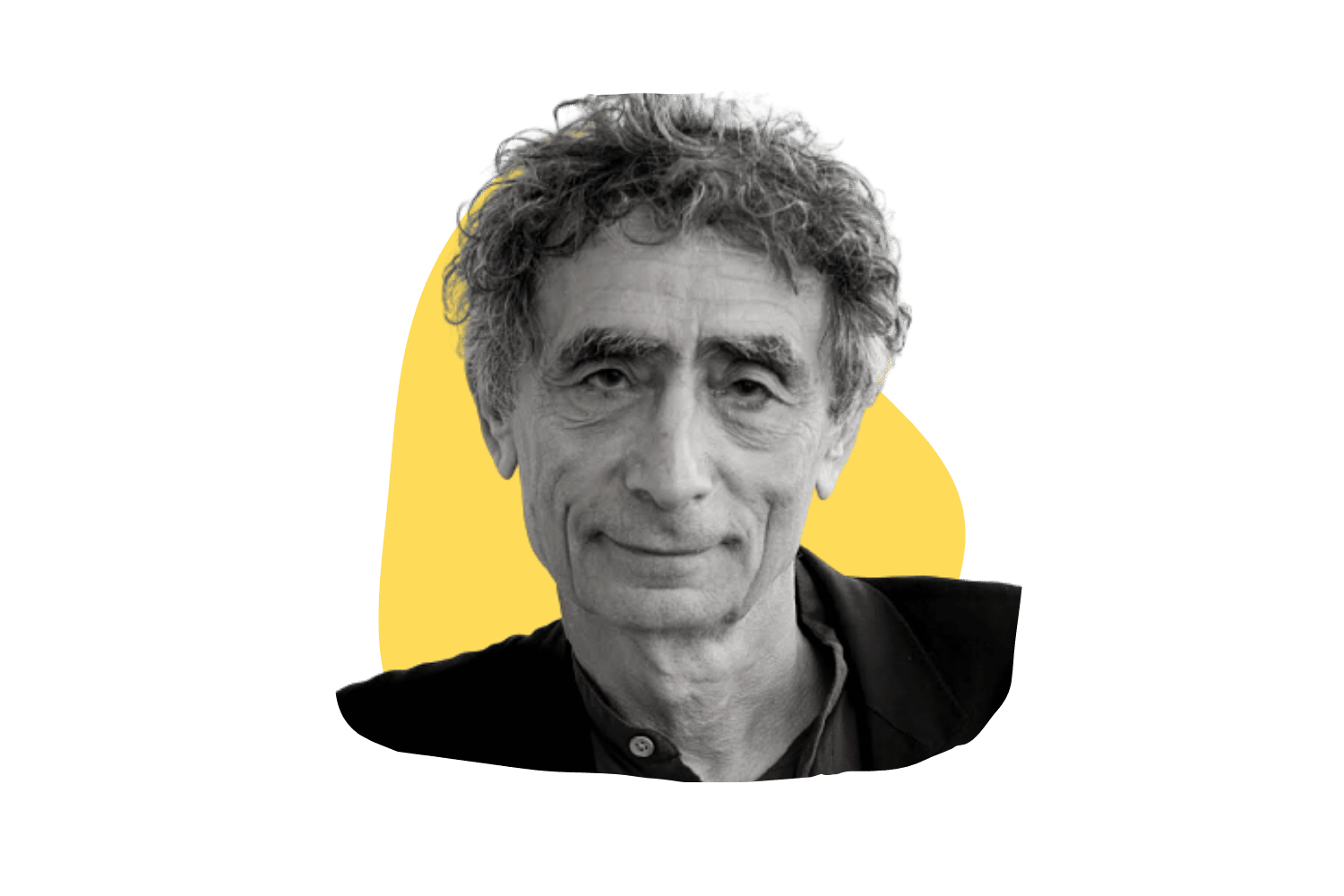Stanislav Grof: LSD, Holotropic States, & Transpersonal Therapy
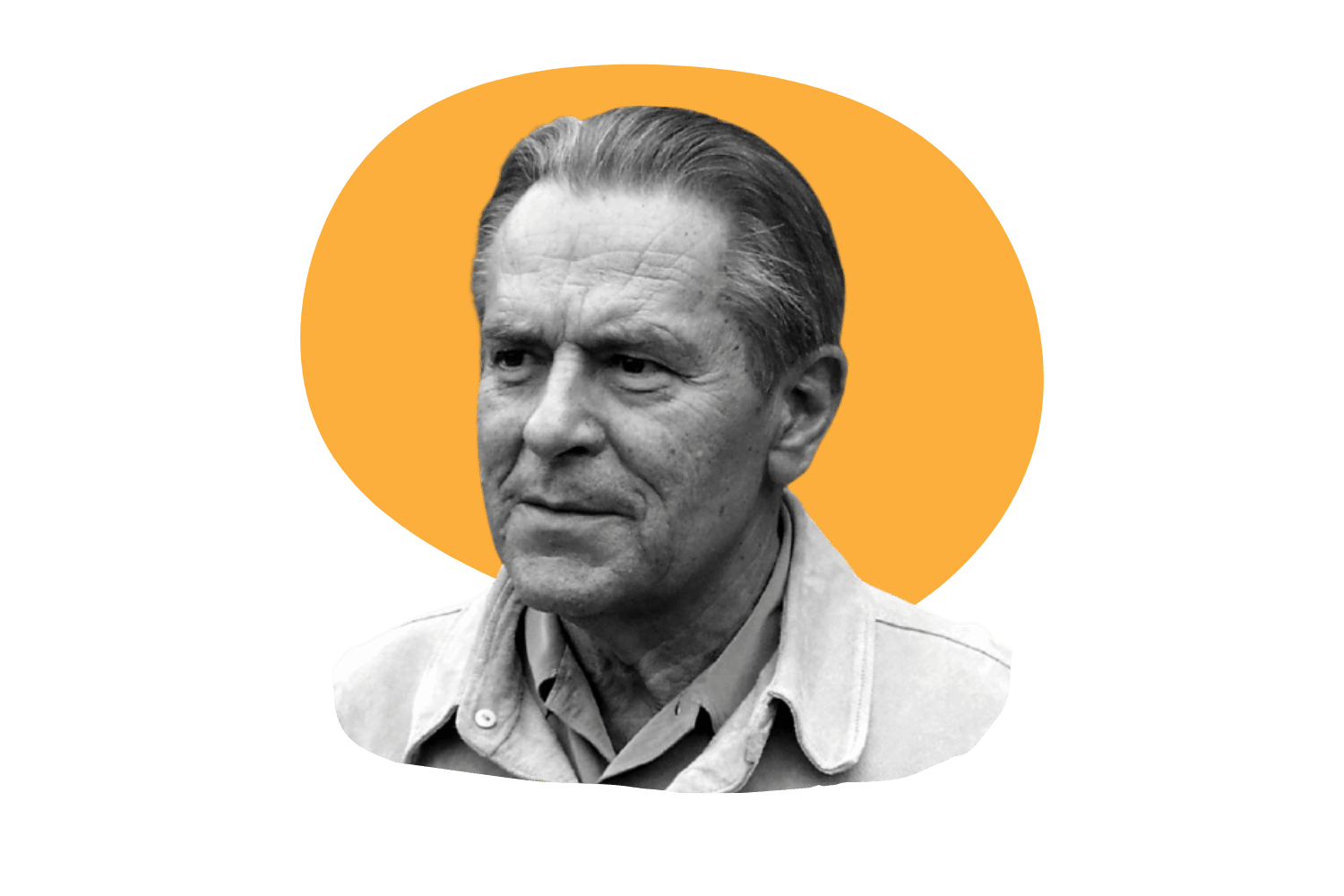
Stanislav Grof is a Czech psychiatrist who pioneered revolutionary movements in many fields, including psychology, anthropology, and philosophy.
He’s known as the father of holotropic breathwork and one of the first proponents of transpersonal psychology. He was also a pioneer in the field of psychedelic therapy and a big advocate for psychedelic research back in the 1960s.
Grof’s vision of psychology strayed from the modern scientific perspective to integrate the abstract nature of the human spirit and consciousness.
Grof and his trainees continue facilitating workshops on the topics of holotropic breathwork and the field of transpersonal psychology. His organization “Grof Legacy Training” seeks to spread his teachings around the world, harnessing the power of non-ordinary states of consciousness for therapeutic and personal development settings.
The Life of Stanislav Grof
Stanislav Grof was born in 1931 in the Czech Republic. After graduating high school, he ventured into the medical field, where his interest in psychiatry and the human mind first began.
In 1957 he got his designation as a medical doctor from Charles University in Prague. He pursued a Ph.D. in medicine focusing on psychiatry at the Czechoslovak Academy of Sciences, during which he trained in Freudian psychoanalysis.
Grof quickly dove into the field of altered states of consciousness as a young student. During his Ph.D., he was involved in studies observing the effects of LSD (lysergic acid diethylamide) in terminally ill cancer patients at the Psychedelic Research Institute in Prague. This introduced him to the field of psychedelic research and was the stepping stone that would later make him a pioneer in the field.
He completed his Ph.D. in 1965 and shortly after was invited to work at the Henry Phillips Psychiatric Clinic in Baltimore, where he was actively involved in more clinical research around psychedelics.
He later became a chief psychiatric researcher for the Spring Grove experiment, a notable research project that evaluated the effects of LSD for alcoholism recovery. There he worked closely with research director Walter Pahnke, whose background was heavily influenced by his mentors Timothy Leary and Richard Alpert (Ram Dass) during his studies at Harvard University.
Related: How Psychedelics Are Reshaping The Way We Treat Addiction.
After his time with Spring Grove, Grof went on to develop his work in Esalen institute, an education organization that is driven by humanistic psychology in California.
During their time at Esalen, Grof and his first wife Christina Grof developed the practice of holotropic breathwork (a breathing technique designed to access non-ordinary states of consciousness). The method gained popularity worldwide, and shortly after, they created the Grof Transpersonal Training (GTT), a school focused on teaching the transpersonal philosophy and holotropic breathwork.
In 1977 he founded the International Transpersonal Association and became a faculty member at the California Institute of Integral Studies (CIIS), where he still works today. Grof continues to share his ideas about non-ordinary states, psychology, and philosophy through his writing and various workshops.
In 2020 he created the Grof Legacy Training, an organization dedicated to developing educational programs in the fields of transpersonal psychology, psychedelic therapy, and holotropic breathwork through certified practitioners across the globe.
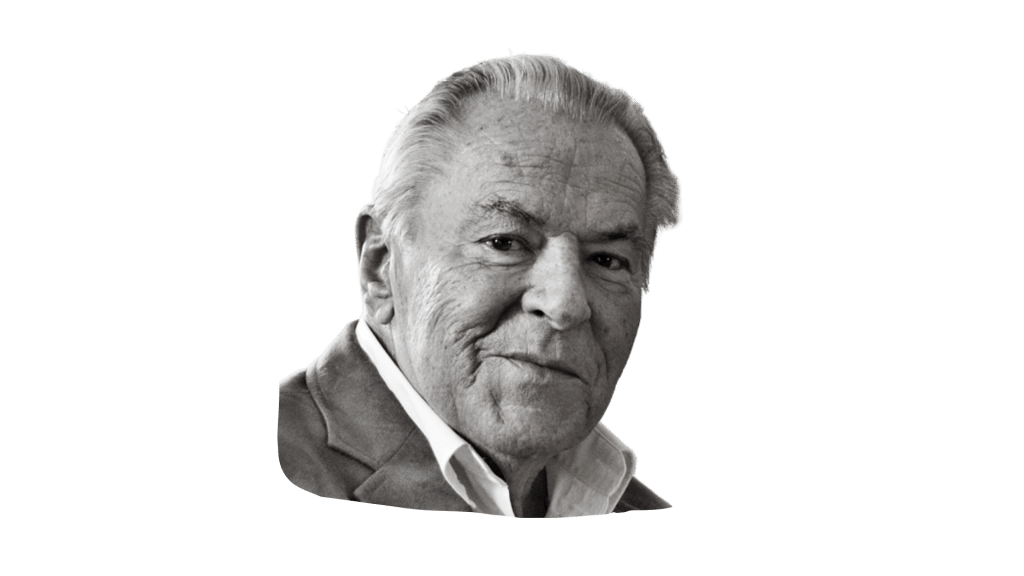
Grof’s Theory of Human Consciousness
Although Grof’s early career was influenced by Freudian psychoanalysis (first developed by Sigmund Freud). Grof quickly came to believe that Freud’s theory and structure of human consciousness lacked important aspects.
The traditional Freudian model only took into account the biographical events after birth, but through his work with psychedelics, Grof came to believe that the human unconscious is influenced by prenatal events as well as transpersonal levels.
Grof then created a new theory of the structure of the psyche that included these realms of the unconscious mind that were previously dismissed. This model is known as the cartography of the unconscious. It explores four different levels of the unconscious as well as the different stages of perinatal experiences.
Grof divides the levels of the unconscious into four parts:
1. Sensory Level:
The sensory level of the unconscious refers to sensory experiences such as sound or visions of colors and shapes that have no inherent meaning or symbolic connection to the person.
Grof proposes that this is the most superficial level and that different techniques and practices can help expand this experience in order to reach deeper levels of the unconscious. He calls this the sensory barrier.
2. Biographic Level:
The biographic level refers to any experiences after birth that may unconsciously affect us in the future. This level is closest to traditional Freudian Psychoanalysis, stating that the experiences in different stages of development can have an effect on adult behavior and psychology.
3. Perinatal Level:
Otto Rank first proposed the idea of a “birth trauma,” stating that when we are born, all sorts of physical and emotional traumas are engraved into our unconscious. Grof incorporated this theory into his model of the unconscious as the perinatal level.
In this realm, pre-birth and birth experiences play a role in how the body and psyche will remember and sometimes even reenact the traumas of birth.
Within this level, there are four different stages in which perinatal experiences can take place and be recorded in the unconscious.
These four stages are known as the perinatal matrix and are as follows:
A) Basic Perinatal Matrix I:
In this stage, labor has not yet started, and the baby is still fully in the womb. At this time, any stress from the mother can generate feelings of anxiety and distress in the child.
B) Basic Perinatal Matrix II:
Here labor has already started, and contractions begin to push the baby into the mother’s cervix, but the cervix is not yet dilated. This experience can lead to trauma that can later manifest as feelings of fear, claustrophobia, existential anxiety, or depression.
C) Basic Perinatal Matrix III:
At this point, the cervix is open, and the child starts to move through the birth canal. Any improper positioning or risk here can lead to feelings of fear or fixation with the somatic sensations of this stage.
D) Basic Perinatal Matrix IV:
This is when the birthing process is complete and the child is out in the world. Depending on the circumstances of this stage, it can normally be associated with feelings of expansion, freedom, and growth, or in an adverse experience, feelings of loneliness, helplessness, and abandonment.
4. Transpersonal Level:
The transpersonal level is characterized by the expansion of experience and consciousness past the limitation of the physical body, space, or time.
This transpersonal realm is the space where extraordinary states of consciousness, psychedelic journeys, and mystical/metaphysical experiences live.
Experiential phenomena in the transpersonal realm are categorized into three different types:
The transcendence of temporal limitations: The experience of traveling back to vivid visions of the past. This can be either from one’s own biographical experience but can transcend into ancestral, spiritual, cultural experiences, or even into visions that seem to be premonitions of the future.
The transcendence of space: This includes experiences of unity and intense identification with other people, animals, plants, objects, or places.
The experience of contents outside of Western science and culture: This includes experiences with Jungian archetypes, mythological images, or visions of characters and contents from any and all cultures or traditions.
Stan Grof & Psychedelic Therapy
Since his early studies, Grof was fascinated by the psyche and non-ordinary states of consciousness. Early in his psychiatric career, after training in psychoanalysis and having done some notable research in the psychedelic field, he began to bring psychedelics into his therapeutic practice with patients.
He administered a full dose of LSD to his patients with the aim to reach a peak experience; then he would follow the trip by several sessions of psychoanalysis. This was the beginning of what we now know as psychedelic therapy.
His results and observations in his practice only strengthened his conviction about the power of non-ordinary states of consciousness in therapeutic settings. This conviction led him to further explore these states even after the U.S.A. banned LSD; when searching for an alternative, more accessible way to access these altered states, he developed his famous practice of holotropic breathwork.
Holotropic Breathwork
Holotropic breathwork is one of Grof’s most notable contributions to the field of transpersonal psychotherapy. It’s a simple yet powerful technique derived from the influence of eastern spiritual practices, shamanistic ceremonies, transpersonal philosophies, and modern understanding of consciousness.
The term holotropic comes from the Greek “holos,” which means whole, and “trepein,” which means moving toward. Grof uses the term holotropic to refer to any altered state of consciousness that supports the process of moving toward wholeness; this includes psychedelic experiences, the effects of holotropic breathwork, and any other mystical or peak experience achieved by other means.
A session of holotropic breathwork consists of 2½ to 3 hours of guided deep and rapid breathing in a ceremonial setting with evocative music followed by an artistic integration and sharing circle.
The practice is normally done in a group and with a sitter for every breather. The role of the sitter, much like that of a trip sitter, is to provide safety and support through the experience so that the breather can fall into deeper levels of self-exploration.
Through this guided practice, people reach non-ordinary states of mind that are conducive to emotional healing and deeper levels of self-awareness.
Transpersonal Psychotherapy
In addition to pioneering psychedelic therapy and holotropic breathwork, Grof was also a key part of the rise of the transpersonal therapy movement.
After his psychoanalytic training, Grof expanded his work into different movements in the field of psychology, like the humanistic and human potential movement. Here he found more space to work with integrating his medical background and his knowledge in modern psychology, with practices and philosophies that look at not only the physical and psychological body but pay close attention to the spiritual one.
Grof felt that modern scientific psychology fell short in explaining the complexity of human consciousness. He believed that the mystical experiences and practices of ancient traditions, both in eastern philosophies and native shamanistic wisdom, are a necessary part of a well-integrated approach to psychotherapy and therefore needed a proper place in the field of psychology.
In his publication Brief History of Transpersonal Psychology, he states:
[QUOTE] “The renaissance of interest in Eastern spiritual philosophies, various mystical traditions, meditation, ancient and aboriginal wisdom, as well as the widespread psychedelic experimentation during the stormy 1960s, made it absolutely clear that a comprehensive and cross-culturally valid psychology had to include observations from such areas as mystical states; cosmic consciousness; psychedelic experiences; trance phenomena; creativity; and religious, artistic, and scientific inspiration.”
With the lack of a modern branch of psychology that welcomed and integrated ancient wisdom, spirituality, and modern psychotherapy, Grof, along with other notable names in the field like Abraham Maslow, Anthony Sutich, and James Fadiman, came together to establish a new psychological movement.
The result: Transpersonal psychology.
The transpersonal field is now a large, well-accepted philosophy in psychotherapy spaces, and more and more universities and educational institutions are offering programs worldwide in different areas of the field.
Many forms of commonly used therapy techniques today have their roots or are in some way related to the transpersonal movement, including psychedelic-assisted psychotherapy, Gestalt practices, mindfulness-based techniques, somatic and movement therapy, and expressive arts therapy, to name a few.
Grof’s View on Psychedelics
To Grof, psychedelics are powerful tools for healing, self-exploration, and understanding human consciousness. This belief propelled much of Grof’s work and led him into further exploration of holotropic states and non-ordinary states of mind.
Grof believes that psychedelics (LSD in particular) can help us further understand and research the intricacies of human consciousness. In his words:
[QUOTE] “LSD is a catalyst or amplifier of mental processes. If properly used it could become something like the microscope or telescope of psychiatry.”
He also played a big role in the psychedelic movement in the 60s and worked hand in hand with some of the big advocates of psychedelic research.
Even today, the Grof Legacy Training, which he created with his wife Brigette Grof, is working on creating access to training and workshops internationally in psychedelic therapy, transpersonal psychology, and holotropic breathwork.
Related: Exhaustive List of Known Psychedelic Substances.
Stanislav Grof: Books & Publications
- Realms Of The Human Unconscious: Observations From LSD Research (1975)
- The Human Encounter With Death (1977)
- LSD Psychotherapy (1980)
- Beyond Death: The Gates Of Consciousness (1981)
- Beyond the Brain: Birth, Death, And Transcendence In Psychotherapy (1985)
- Human Survival And Consciousness Evolution (1988)
- The Adventure Of Self-Discovery: Dimensions of Consciousness And New Perspectives In Psychotherapy (1988)
- Spiritual Emergency: When Personal Transformation Becomes A Crisis (1989)
- The Stormy Search For The Self: A Guide To Personal Growth Through Transformative Crisis (1990)
- The Holotropic Mind: The Three levels Of Human Consciousness And How They Shape Our Lives (1992)
- Books Of The Dead: Manuals For Living And Dying (1993)
- The Transpersonal Vision (1998)
- The Cosmic Game: Explorations Of The Frontiers Of Human Consciousness (1998)
- The Consciousness Revolution: A Transatlantic Dialogue (1999)
- Psychology Of The Future: Lessons From Modern Consciousness Research (2000)
- The Call of the Jaguar (2002)
- Caterpillar Dreams (2004)
- When The Impossible Happens: Adventures In Non-Ordinary Reality (2006)
- The Ultimate Journey: Consciousness And The Mystery Of Death (2006)
- Holotropic Breathwork: A New Approach to Self-Exploration and Therapy (2010)
- Healing Our Deepest Wounds: The Holotropic Paradigm Shift (2012)
- The Way of the Psychonaut Volume One: Encyclopedia for Inner Journeys (2019)
- The Way of the Psychonaut Volume Two: Encyclopedia for Inner Journeys (2019)
Stanislav Grof Famous Quotes
“Consciousness does not just passively reflect the objective material world; it plays an active role in creating reality itself.”
“The renaissance of interest in Eastern spiritual philosophies, various mystical traditions, meditation, ancient and aboriginal wisdom, as well as the widespread psychedelic experimentation during the stormy 1960s, made it absolutely clear that a comprehensive and cross-culturally valid psychology had to include observations from such areas as mystical states; cosmic consciousness; psychedelic experiences; trance phenomena; creativity; and religious, artistic, and scientific inspiration.”
“The desire for perfection is that desire which always makes every pleasure appear incomplete, for there is no joy or pleasure so great in this life that it can quench the thirst in our soul.”
“The human mind is so complex that many different theories can be constructed, all of which seem to be logical, coherent, and explain major facts of observation, yet at the same time are mutually incompatible or actually contradict each other.”
“Materialistic scientists have not been able to produce any convincing evidence that consciousness is a product of the neurophysiological processes in the brain.”
“The key experiential approach I now use to induce non-ordinary states of consciousness and gain access to the unconscious and superconscious psyche is Holotropic Breathwork, which I have developed jointly with Christina over the last fifteen years. This seemingly simple process, combining breathing, evocative music and other forms of sound, bodywork, and artistic expression, has an extraordinary potential for opening the way for exploring the entire spectrum of the inner world.”
“The potential for a mystical experience is the natural birthright of all human beings,”
“The fact that so many different cultures throughout human history have found shamanic techniques useful and relevant suggests that the holotropic states engage what the anthropologists call the “primal mind,” a basic and primordial aspect of the human psyche that transcends race, gender, culture, and historical period.”
“LSD is a catalyst or amplifier of mental processes. If properly used it could become something like the microscope or telescope of psychiatry.”
“I believe it is essential for our planetary future to develop tools that can change the consciousness which has created the crisis that we are in.”
Key Takeaways: Who Is Stanislav Grof?
Stanislav Grof is a Czheck psychiatrist known as the father of holotropic breathwork and for his ample work in psychedelic research.
He was trained in Freudian psychoanalysis and brought the therapeutic use of LSD to his practice with patients early on in his career, combining the administration of LSD with several sessions of psychoanalysis, creating one of the first instances of what we now think of as psychedelic-assisted psychotherapy.
Grof strayed away from traditional psychoanalysis and expanded on Freud’s model of the unconscious, creating what he calls the cartography of the unconscious. This theory divided the unconscious mind into four levels: The sensory level, the biographic level, the perinatal level, and the transpersonal level.
As his view of psychology expanded, he became a pioneer of the transpersonal psychology movement along with other notable names, including Abraham Maslow and James Fadiman.
In the early 70s, he developed the practice of holotropic breathwork, which is now globally recognized and used in therapeutic settings around the world. His organization Grof Legacy Institute is dedicated to spreading his knowledge and training practitioners to continue and expand on his work.

